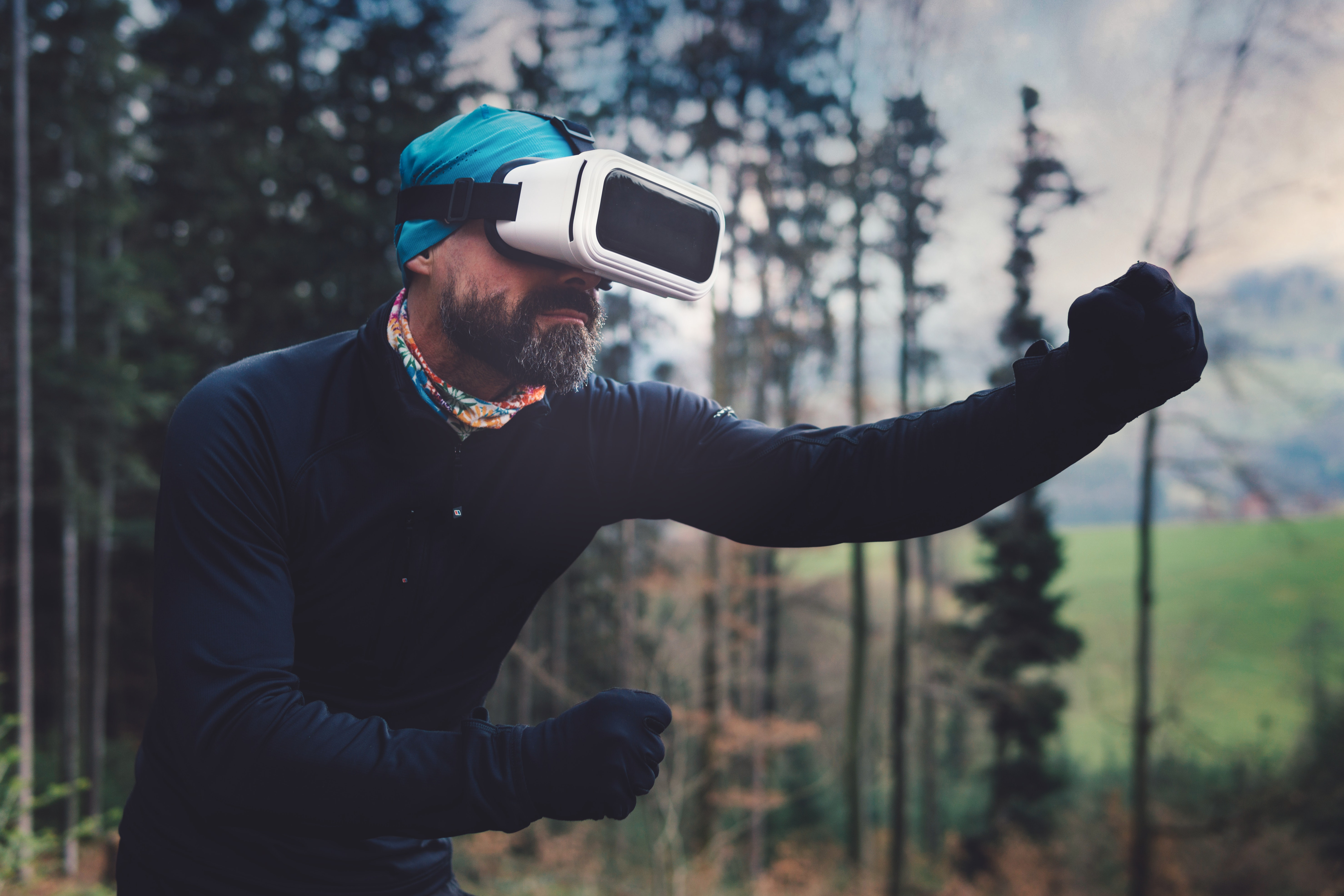Virtual Reality May Soon Be Part of Every Industry
Virtual reality (VR) technology came into the limelight in the early 1990s. This introduction began with VR goggles becoming part of arcade games allowing users to experience the thrill of stereoscopic 3D visuals. Besides, they enabled gamers to connect with other players especially on multiplayer games. From these humble beginnings, VR is now an integral part of consumer gaming headsets where they create wholesome experiences in consoles. Not only that, VR now influences a lot more than just games; it affects how humankind works across numerous industries.

Virtual Reality is an innovation that draws life from strong market insights as well as financial trends. It stands to disrupt even the most unexpected sectors of the economy. According to Goldman Sachs, the VR industry will rake in more than US$ 80 billion in revenue by 2025.
This rapid growth makes the industry a likely candidate for adoption into various sectors. Helmets with higher visual fidelity displays, for instance, increase user experience and accelerate adoption. With such limitless possibilities, projections predicted active VR users at almost 200 million by the close of 2018.
The VR Applications in Augmenting Design, Prototyping and Partnership Possibilities
Creating models has been a common practice in architecture since the dawn of the practice. Modeling has defined how architects conceptualize buildings, infrastructure and other end products of design in 3D. The practice is effective in eliciting imagination.
However, it has gaps and VR has filled these by allowing creatives to efficiently and inclusively review designs rapidly and accurately. Besides, VR now makes it possible for designers to accurately prototype their designs and create customer presentations that are more engaging.
Similarly, car designs emerge from digital drawings and into full-scale models. This traditional process has defined the design practice in the auto industry for ages. However, the workforce demands mean that these full-scale models may take a while to complete. With VR, the time required to complete a design is substantially reduced because several processes such as creation, viewing and interacting with the model can happen all at the same time.
Adopters of the VR technology like Ford use headsets to design and manufacture vehicle models. This process allows for faster prototyping and review of designs. The automaker’s high-definition VR laboratory, Ford Immersive Vehicle Environment (FiVE) uses the combination of CAD and VR technology to allow engineers to have a complete feel of the vehicle models while the models are still under construction.
A similar technology called CAVE used by the Raytheon, a military hardware manufacturer, helps in product simulation. Its immersive VR environment projects images generated by a computer into walls and ceilings. These projections allow technicians to review the products throughout the entire manufacturing process. Importantly, the multiuser VR solutions presented by these two products enhance collaboration among teams regardless of the workers’ locations.
VR solutions are also applicable in the built environment. With global urbanization swelling so fast, city planners and designers are finding smarter efficient urban centers more in demand, and VR helps realize these.
VR Introduces the Immersive Entertainment Era
It is evident that VR has since expanded to other segments aside from the traditional entertainment arena. However, it continues to redefine how humankind consumes entertainment products.
In its recreational roots, VR is transforming entertainment products in fascinating and novel ways. The movie How to Train Your Dragon captures this premise all too well. The picture by DreamLab, an animation division of DreamWorks, provides a VR journey for moviegoers. The movie’s simulation gives the fans a chance to experience the imaginary island of Berk on the back of Toothless, the movie’s star dragon.
Other VR applications include escape rooms, which are now a cultural craze. Escape VR introduces adventures where participants solve puzzles, travel to outer space, and experience the thrill of zero gravity. Besides, the game has a social aspect where participants can connect with their participating friends, coworkers, and family members.
The social aspect of VR is influencing how we communicate. In social media platforms, for instance, sharing information has climbed a notch. All you need now to escape the crowded, often mundane and stressful environments in airports is Periscape. This VR product allows users to experience the fun of exotic locations, personify music artists, play games, and even draw in 3D. In the process, the anxiety-filled experiences of airports become fun once again.
The possibilities that VR dangles make it an attractive technological innovation that can have multiple use cases in a range of sectors. The realistic experiences it offers as well as greater reach and flexibility, substantially lower costs of manufacturing and improved training, all drive the technology into new horizons, especially in the commercial arena. VR has moved, though not entirely, from the entertainment industry and is creating ripples all across the board. If it has not been adopted in your industry, do know it is only a matter of time.





